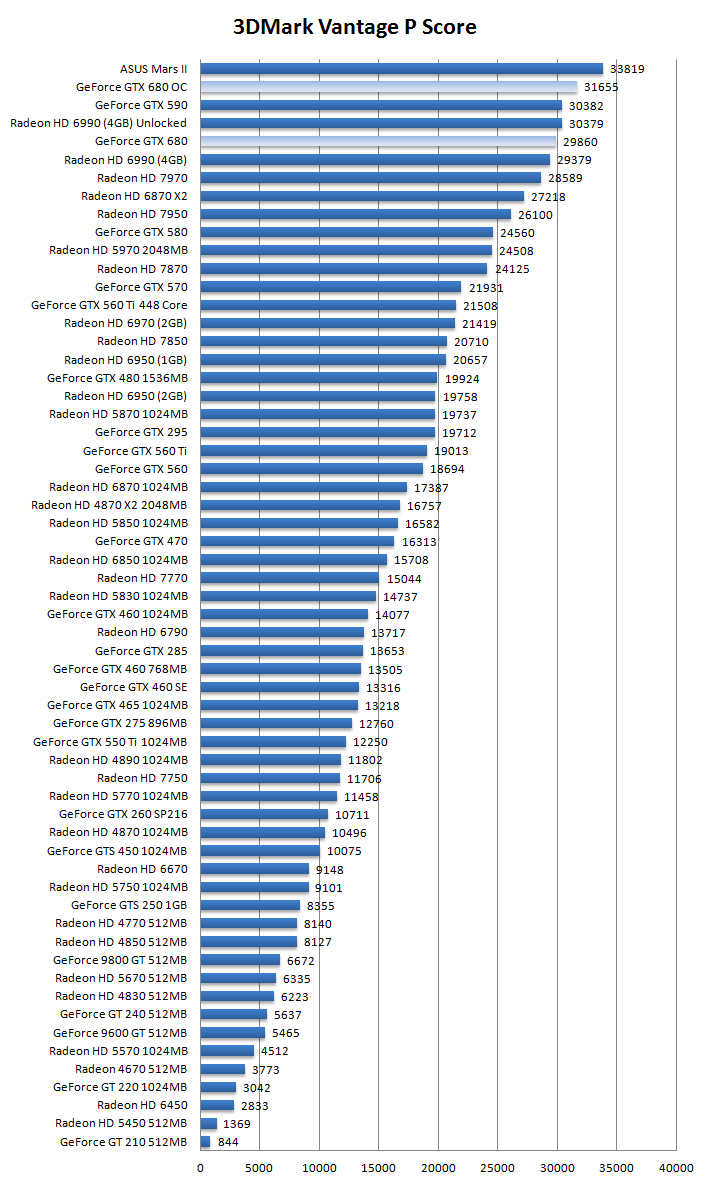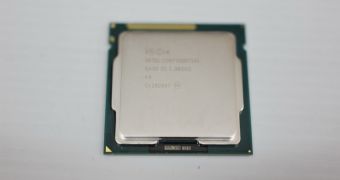


It's hard to directly compare this with the particle shader test in 3DMark 2006, which also calculated the interaction of thousands of particles, but did so using "a simple wind and gravity model." Meanwhile, the new Perlin test is explained even more vaguely. AdvertisementģDMark doesn't give much information on the other two tests, but notes that the particle shader test simulates "hundreds of thousands of particles," all of which bombard a surface whose shape is outlined by the collisions themselves. This is the type of geometry-heavy test where we'd expect both the Radeon 3870X2 and the new GTX 280 to do particularly well.

Wind and gravity effects on each flag are also calculated.

Each flag, according to 3DMark, is modeled as a grid of vertices, each of which is connected to its eight neighbors. This particular test is vertex- and geometry-heavy, and the results are output in stream out. The cloth simulation test is a render of 12 flags waving in a stiff breeze. 3DMark 2007's POM test uses "a 4K by 4K height map representing a hilly landscape is mapped on the quad and rendered with 4 point lights and 3 directional lights in a single pass, using POM self-shadowing for each light." Done the old-fashioned way, the equivalent amount of geometric processing power required to produce the same effect is significantly greater. Information about that surface can then be recovered when the texture information is applied and mapped to the model in question. Parallax occlusion mapping, or POM, is a technique that can be used to add information about a texture's surface into the texture itself. The following features are specific to this scene: Advertisement It uses several hierarchical rendering steps, including for water reflection and refraction, and physics simulation collision map rendering. In the first game, Jane Nash, the gap was much larger, with the 9800 GX2 turning in a score of just 10.06 fps while the GTX 280 ran 56 percent faster at 15.7 fps.ģDMark's whitepaper describes Jane Nash as "a large indoor game scene with complex character rigs, physical GPU simulations, multiple dynamic lights, and complex surface lighting models. Both the 9800 GX2 and GTX 280 had identical CPU scores (as they should), and were within 2 percent of each other in the second game score. The disparity warranted an examination of the four tests that make up a 3DMark Vantage score.ģDMark Vantage tests two game simulations and two CPU simulations. While it lagged the 9800 GX2 in 3DMark 2006, the GTX 280 surpasses it by 15 percent in "High" mode and a whopping 35 percent in "Extreme" mode. Here we see an immediate difference in standings compared to 3DMark 2006.


 0 kommentar(er)
0 kommentar(er)
